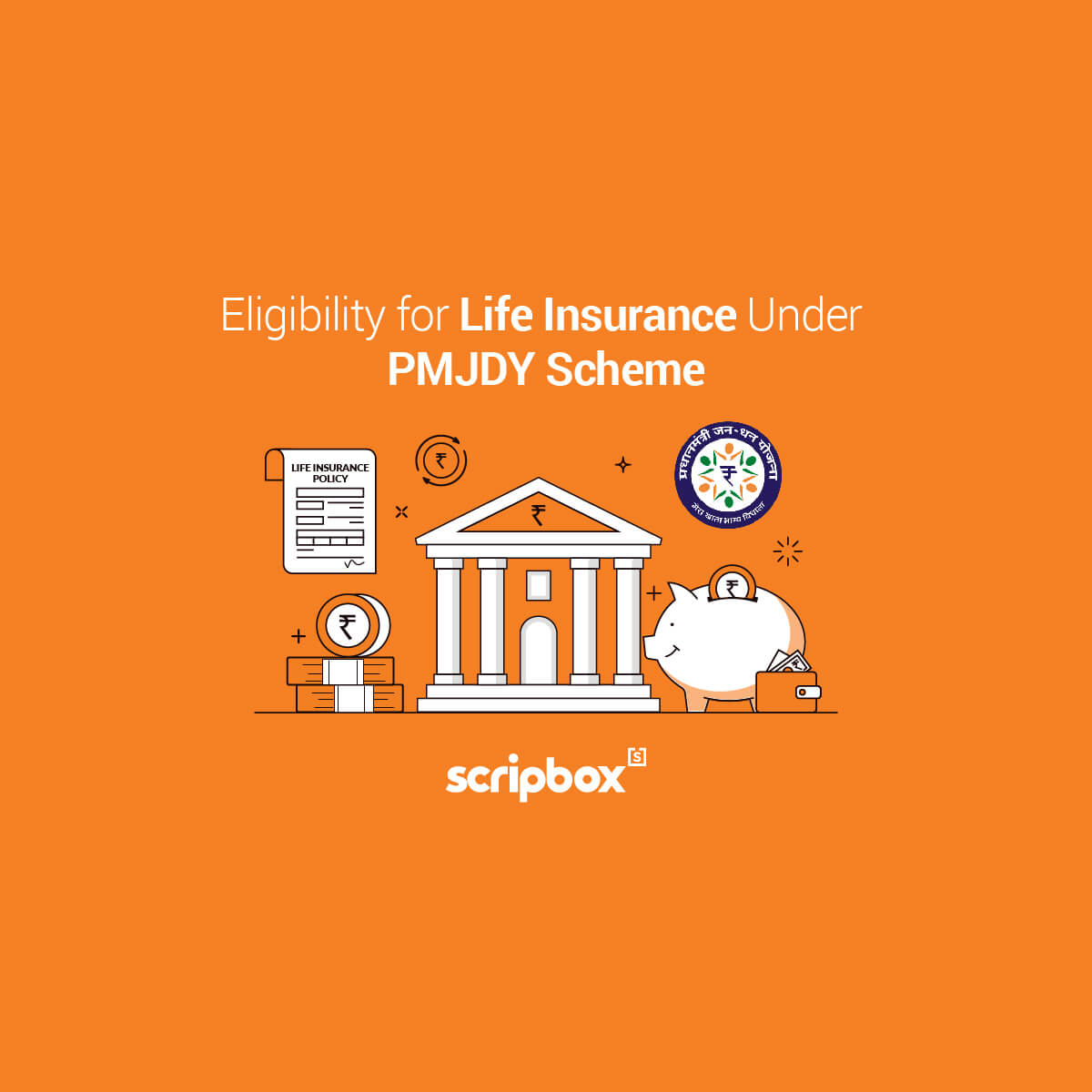What is Svamitva Scheme?
On April 24, 2020, the Svamitva Scheme was established with the goal of providing an integrated property certification solution for rural India. With the help of Drones, every property is mapped in every community across the country as part of this plan. Following the mapping and demarcation of the land, the relevant residents of the villages are issued a certificate of ownership of the property.
The Ministry of Panchayati Raj, the Survey of India, the State Panchayati Raj Department, and the State Revenue Department collaborate to demarcate or survey occupied land in rural regions using the most up-to-date surveying approach, namely drone technology. This project aims to resolve property disputes in villages. This is done by demarcating the inhabitants’ property and presenting them with a certificate of ownership.
This program attempts to assist rural residents in obtaining credit facilities on their properties based on a certificate of ownership, similar to what is available in cities. Initially, this program will be extensively tested in six states across the country. Maharashtra, Haryana, Karnataka, Uttar Pradesh, Uttarakhand, and Madhya Pradesh are the six states. Under the ‘Survey of Villages and Mapping with Improvised Technology in Village Areas’ (Svamitva) scheme, Prime Minister Shri. Narendra Modi issued physical distribution of property cards via video conference on October 11, 2020. Villagers who obtained their property cards can now apply for loans from banks based on their village property cards.
Objectives of the Svamitva Scheme
The following are the objectives of the Svamitva Scheme:
- To provide individuals in rural India with financial security by allowing them to use their property as a financial asset to obtain loans and other financial benefits.
- To ensure proper land records for the purpose of rural planning
- Determination of property tax. Such an estimation would go directly to the GPs in states as per the delegation. Otherwise, it would go to the state exchequer otherwise.
- The development of survey infrastructure and GIS maps that can be used by any department.
- Using GIS maps, assist in the production of a higher-quality Gram Panchayat Development Plan (GPDP).
- To limit the number of property disputes and judicial proceedings
Components of Svamitva Scheme
- Establishment of CORS network
- Large Scale Mapping (LSM) using Drone
- Information, Education, Communication (IEC) Initiatives
- Enhancement of Spatial Planning Application “Gram Manchitra”
- Online Monitoring System
- Program Management Unit
- Documentation Support/ Workshops/ Exposure Visits
Establishment of Continuous Operating Reference System
The CORS network will assist in benchmarking the location and will yield a precision of 5 centimeters. It helps with precise georeferencing, ground-truthing, and land demarcation. This would include the construction of 567 CORS stations, or a geo-positioning infrastructure, as part of the Scheme. These CORS stations may be used to replace chain surveys utilized in numerous states. Any State agency or department could use the CORS to conduct surveys and implement or use GIS-based applications once it was established. Such agencies are the Revenue Department, Gram Panchayat (GP), Public Works Department, Rural Development Department, Agriculture, Drainage & Canal, Education, Electricity, Water, Health, and so on
The main activities for establishing the Continuous Operating Reference System includes the following:
- Installation and commissioning of CORS stations
- Completion of the tendering process for outsourcing civil construction work
- CORS station site selection and recce
- Civil construction work by a third-party contractor
- An installation and commission of CORS stations through a third party agency..
- Establishment of a Control Center and Disaster Recovery (DR) through SoI.
- SoI is responsible for the operation and maintenance of the CORS network.
- CORS network-based uses or applications training and capacity building
Large Scale Mapping (LSM) using Drone
Survey of India will map rural populated (Abadi) areas in order to develop revenue maps. Such revenue maps will bestow ownership property rights. The survey will be completed in partnership with the State Revenue Department and the State Panchayati Raj Department. Property cards would be distributed to rural household owners in the Abadi area based on these maps or data. In areas where there are no legacy revenue records, the high resolution and accurate image base maps would make it easier to create the most durable record of property holdings.
Information, Education, Communication (IEC) Initiatives
To encourage individuals to participate in the drone survey, a national IEC campaign will be launched. Campaigns will be held on National Panchayati Raj Day, Independence Day, Republic Day, and Statehood Day, among other days. Documentation of best practices, as well as the transmission of key messages via various media.
The state government must design a thorough communication strategy. Additionally, it must implement awareness activities to educate the general public about the surveying approach and its advantages. Svamitva Scheme guideline communication materials can be developed in the form of manuals, flip books, posters, role plays, puppet shows, billboards, pamphlet distribution, and public announcements in villages. Additionally, establish permanent displays such as Information walls and Citizen information counters on set days to facilitate such awareness.
Enhancement of Spatial Planning Application “Gram Manchitra”
The Ministry of Planning and Research (MoPR) has built a spatial planning application called “Gram Manchitra”. The intent is to make use of GIS maps and technology in the development of the GPDP. As the drone survey progresses, the digital spatial data or maps generated will be used to develop spatial analytical tools to aid in the preparation of the GPDP.
Online Monitoring System
For real-time monitoring of the Svamitva Scheme, an online monitoring and reporting dashboard would be housed centrally. It will keep track of how the scheme’s operations are progressing. The State Project Management Unit will ensure that online monitoring reports are submitted.
Program Management Unit
The Svamitva Scheme will be executed through conventional departmental methods, with assistance from National and State-level Program Management Units.
- The National Program Management Unit (NPMU) will be established. Overall management, monitoring of various operations under the Scheme, and providing support to States and the Survey of India are all handled at the national level. The NPMU will be staffed by qualified and experienced specialists in the field. MoPR will also be able to recruit short-term consultants and/or outsource (NPMU) to professional agencies.
- At the state level, a State Program Management Unit (SPMU) would be established to oversee general management and monitoring of the Scheme’s different activities. Along with these activities SPMU will give support to the State Revenue Department, District officials, GP functionaries, and the Survey of India. The SPMU will be staffed by qualified and experienced specialists in the field. In addition, the State Revenue Department may recruit short-term consultants and/or outsource (SPMU) to professional agencies.
Documentation Support/ Workshops/ Exposure Visits
This component will be implemented by the Ministry of Panchayati Raj, either directly or through another government agency.
- Workshops at the national/regional level
- A core group of officers and personnel from the States/UTs may be sent on exposure visits to other States/UTs and abroad where the project or similar activity has been implemented with great success.
Four Identified broad areas of Impact of Svamitva Scheme
Inclusive Society
Scholars and development experts have associated ‘Access to Property Rights’ with ‘Improvement in socio-economic standards of disadvantaged populations in communities throughout history. The Svamitva Scheme seeks to make this possible.
Land Governance
Any economic activity aiming at generating material riches in the world requires land as a resource. Due to the lack of a clearly defined Abadi area, a considerable number of land-conflict cases have arisen. According to studies, land conflicts affect millions of people in India and around the world. At the local level, the Svamitva Scheme tries to address the fundamental cause of disagreements.
Sustainable Habitats
High-resolution digital maps for better Gram Panchayat Development Plans (GPDPs), which lead to improvements in infrastructure through more efficient cash allocation and increased accessibility. Improvements in infrastructure will be on establishments such as schools, community health centers, rivers, street lighting, and roads.
Economic Growth
The main goal is to assist people in monetising their assets as collateral. Furthermore, a boost to India’s economic growth through the simplification of property taxes in states where they are imposed, resulting in increased investments and ease of doing business.
Features of the Svamitva Scheme
- Svamitva Yojana is a project that uses modern technology to produce land ownership records in rural areas.
- This plan was introduced since many villagers in rural areas do not have documentation to verify ownership of their lands. Furthermore, no survey of the populated areas in the villages is done for the verification or attestation of properties.
- The ultimate purpose of this initiative is to provide a legitimate resolution of property-related problems in rural India by giving individuals in villages ownership rights.
- Property cards will be made and delivered to property owners for every property measured and delineated in the community. The property cards will be recognized by the Land Revenue Records Department.
- Villagers can use their property cards as security for bank loans because these cards function as official documents.
- A computerized map of every property is made. The boundaries of lands of every revenue region are delineated, utilizing the latest technology of drones to measure the lands.
- All of the government’s departments can utilize these GIS maps for their purposes. Using GIS maps, a better quality Gram Panchayat Development Plan (GPDP) is generated under this scheme.
- The eGram Swaraj smartphone app has also been launched. The app gives a single platform for the government and individuals to examine data on the country’s Panchayats’ planning, accounting, and monitoring needs.
- The reports and progress status of the activities conducted and completed by the government under this scheme are available through this app and the eGramSwaraj portal.
Who are the Key Stakeholders of the Svamitva Scheme?
The following are the key stakeholders of the Svamitva Scheme for implementation, control, and monitoring:
- Nodal Ministry (Ministry of Panchayati Raj), Govt of India.
- Survey of India (Technology Implementation Agency)
- State Revenue department
- State Panchayati Raj Department
- Local district authorities.
- Property owner
- Gram Panchayat (GP).
- National Informatics Centre (NIC) – GIS Division
- Other line departments have assets in Rural inhabited areas (if any) for preparing a comprehensive database.
Benefits of the Svamitva Scheme
Issuance of Property Card
- Villagers can easily avail of Home / Property loans.
- Coverage of Properties by property tax.
- Automated Tax collection.
- Increase in liquidity of land parcels in the market
- Increase the financial credit availability to the village.
Minimize Property Disputes
- Protection of Civil rights of villagers.
- Prevention of encroachment by identifying public land.
- The exact area of revenue will be known
- Records and map for taxation of the village, construction permits, etc. will be available at Gram Panchayat
Better quality GPDP
- Using the maps created under survey for preparing GPDP.
- Maps provide a decision support system
- Maps help in the development and execution of planning activities.
Survey Activities Under Svamitva Scheme
Pre-Survey Activities
- Permissions to conduct the survey.
- Organize a Gram Sabha to tell villagers about the survey’s timetable and to educate them about the surveying approach and its benefits.
- Government assets, gram sabha land parcels, individual properties, highways, open plots, and other property are identified and marked.
- Demarcate property chunks – The ground team and the owners use chunna lines to demarcate the property.
- The boundaries and survey area are now complete.
- Notification of the survey area to the general public Drones is allowed to fly with permission.
Survey Activities
- Establishment of CORS network
- Setting up Ground control points
- Acquisition or Capturing of drone images
- Processing of Drone data – Image processing & Feature Extraction Data verification and ground-truthing
- Digital maps – Base maps generation and preparation of digital maps
Post Survey Activities
- Survey personnel verifies ownership of land parcels with the help of gram sabha, landowners, and a study of existing documentation during the inquiry or objection procedure.
- Dispute Settlement
- Property Card Distribution – Property cards are distributed to village household owners (legal document of property ownership).
- Records and storage must be updated on a regular basis.
- Government officials’ capacity building and training
- What is Svamitva Scheme?
- Objectives of the Svamitva Scheme
- Components of Svamitva Scheme
- Four Identified broad areas of Impact of Svamitva Scheme
- Features of the Svamitva Scheme
- Who are the Key Stakeholders of the Svamitva Scheme?
- Benefits of the Svamitva Scheme
- Survey Activities Under Svamitva Scheme




























Show comments